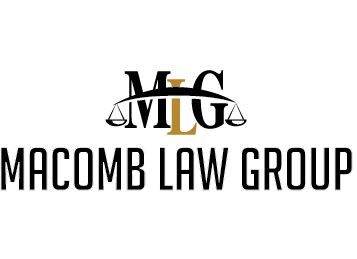Modern consumer products come covered with stickers and tags warning of dangers related to the product that may or may not seem obvious. What makes these labels necessary? And when are safety warnings not good enough to prevent personal injury?
Why Are Safety Warnings There in the First Place?
When a company sells you something, you have the right to be relatively sure it will be safe to use for the intended purpose. Cars will be safe to drive, hair dryers will safely dry hair, and so on. When manufacturers fall short of this expectation, causing a person injury, he or she can file a “products liability” lawsuit saying that the manufacturer didn’t do enough to keep him or her safe.
Sometimes, when the danger involved is a necessary part of the product, the manufacturer can use a safety warning to let consumers know rather than removing the danger entirely. For example, hair dryers often have safety warnings against using them near water because of the risk of electrical shock if the device gets wet.
Courts have said these safety warnings should cover reasonable risks involved in using the product correctly (such as hair dryers getting wet in the bathroom), as well as “reasonably foreseeable misuse” – things the manufacturer can expect consumers will do with the product even though they shouldn’t (such as using a hair dryer while still in the bathtub).
Failure to Warn Means a Safety Warning was Missing or Not Good Enough
If you were hurt by a consumer product, your personal injury attorney may include “failure to warn” in your products liability case. This part of your complaint can mean either:
- There wasn’t a safety warning when there should have been, or
- The safety warning that was there wasn’t good enough
When necessary safety warnings are missing, they can set consumers up to suffer serious injuries. When a manufacturer knows, or should know, that something about a product is dangerous, the courts have said it is their duty to communicate that danger through “adequate, accurate, and effective” safety warnings. Ross v Jaybird Automation, Inc, 172 Mich App 603, 606 (1988). Depending on the product and the danger posed, that could mean the warnings should be:
- Big enough to be noticeable
- Placed in a way users will see them
- On the product itself, rather than in a handbook or users’ manual
- Pictures or other non-writing to communicate dangers to children and illiterate people
- Not obscured by other stickers, signage, or parts of the product
When a safety warning is missing or not “adequate, accurate, and effective” to prevent harm to the consumer, that injured consumer may sue for “failure to warn.”
Safety Warnings Can’t Protect Against Defective Products
Just having a safety warning doesn’t automatically shield a manufacturer from a products liability lawsuit. Courts prefer that companies fix dangerous product defects, rather than just warn consumers about them. One court said:
“A warning is not a Band-Aid to cover a gaping wound, and a product is not safe simply because it carries a warning.” Glittenberg v Doughboy Recreational Indus (On Reh’g), 441 Mich 379, 387–388, 491 NW2d 208 (1992).
Instead, safety warnings should be used when an alternative safer design doesn’t make sense. That’s why in most cases, a personal injury lawyer will argue both:
- That the product itself was unreasonably safe (product defect), and
- That there was no adequate safety warning about the danger
If the judge or jury finds either of these theories are true, the injured consumer can be awarded damages for their injuries, pain, suffering, and related costs.
At Macomb Law Group, our product liability attorneys know what can happen when safety warnings are not good enough. If you have been hurt by a dangerous product, contact Macomb Law Group and get our team working for you.
Author
-

I began working in personal injury law more than 20 years ago, starting as a law clerk during my first year of law school at Wayne State University School of Law in Detroit. After passing the bar exam in 2002, I went on to become a partner at a series of law firms before opening the Macomb Law Group in 2017.

